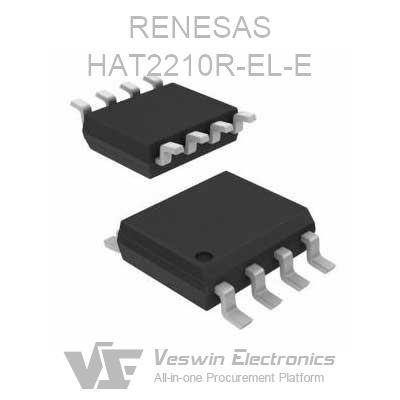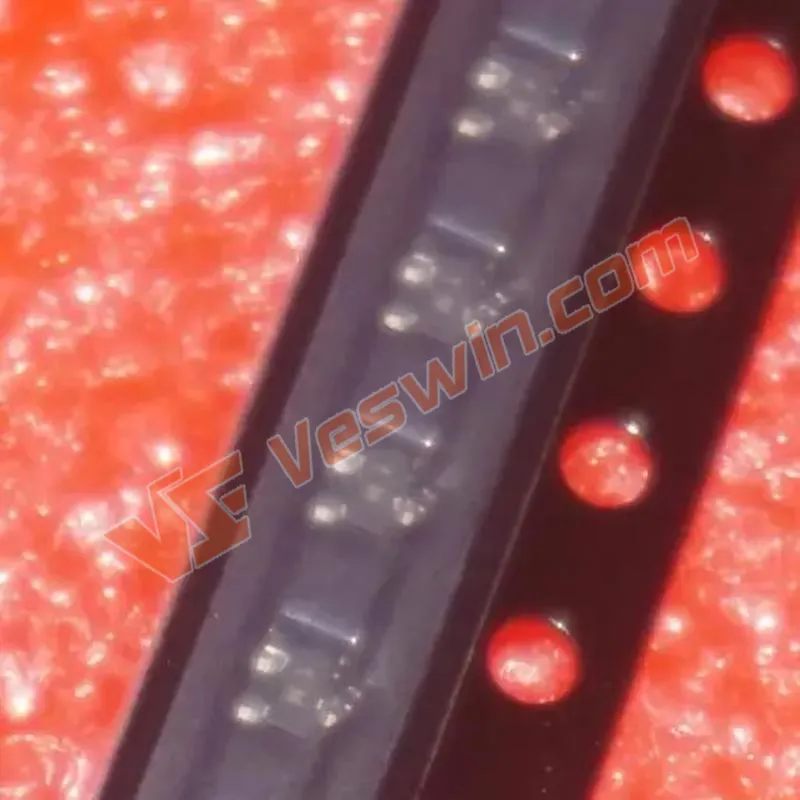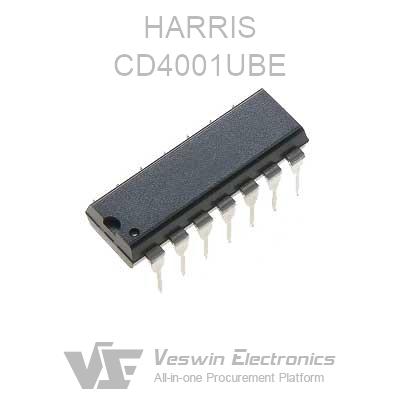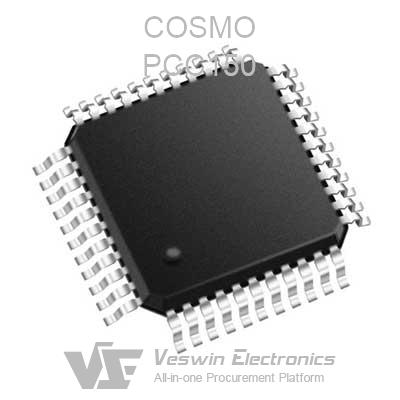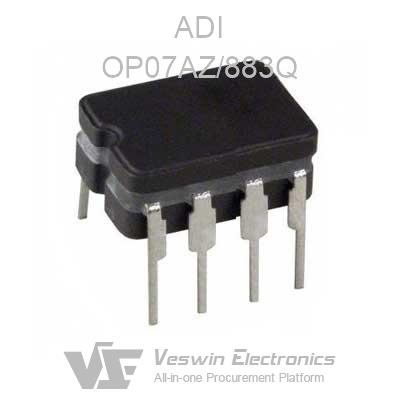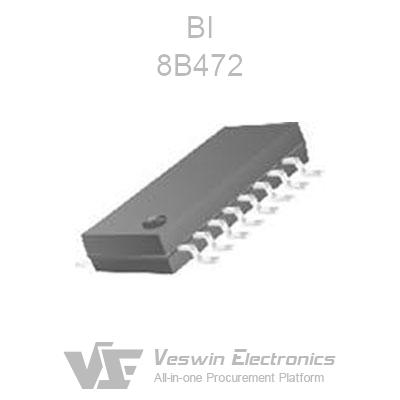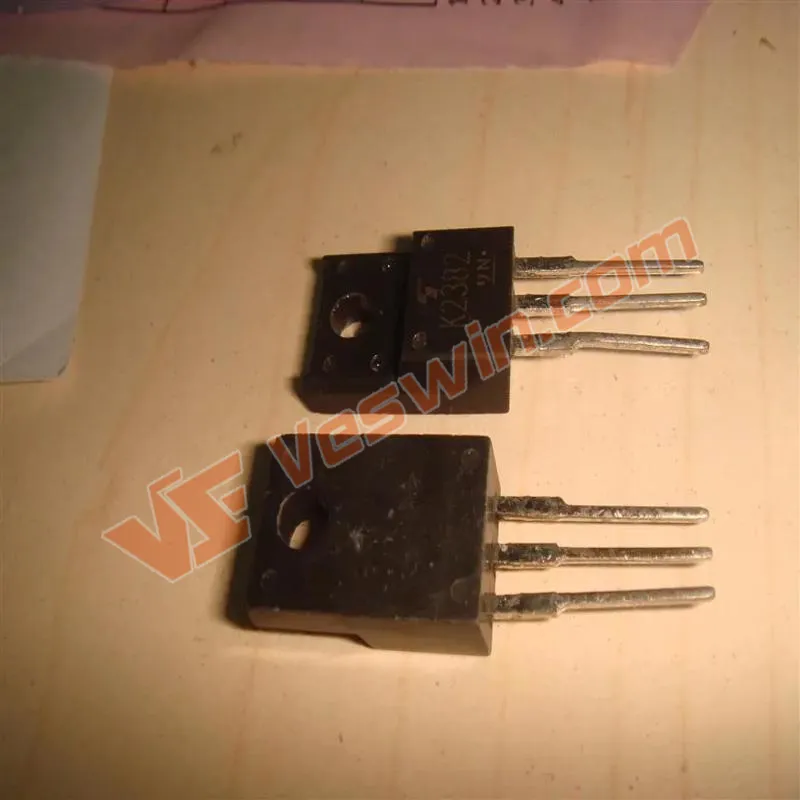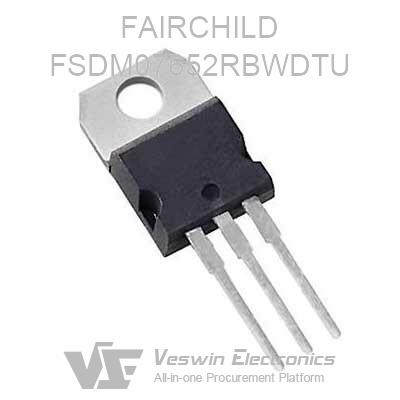In the recent mobile phone conference, in addition to Qualcomm, another chip manufacturer frequently appeared in the manufacturer's press releases, and that was Pixelworks. As a chip company with a history of more than 20 years, Pixelworks has deep accumulation in display processing technology. For example, in the tri-color LCD projector market, they provide 80% of display solutions.
In recent years, their chip products have frequently appeared on mobile devices such as smartphones. This starts with a challenge facing the current mobile phone manufacturers.
Readers familiar with mobile devices should know that these hardware vendors have been pushing for years. Whether it is display quality or hardware computing power is enough or even surplus. Take the screen as an example. After the iteration of the LCD and the update of AMOLED, the delicateness and richness of the display screen have reached the point where it is difficult for the human eye to distinguish.
But consumers will find that even with such detailed performance, when watching video content or playing games on a mobile phone, they still can't exert the power of this screen. This is mainly related to the current advanced screen display and backward video content.
Now most video content is still recorded in the format of 24 or 30 frames per second, and in mobile games, even if they have a lot of content can output 60fps, but due to the limitation of the GPU, the frame renderer usually reduces Down to 30fps to prevent the GPU from overheating. But if we look at the current mobile devices, the refresh rate of all smartphones is between 60-120 Hz, which makes us watch most video content or play games on high-performance devices. Jitter may occur because the frame rate of the source file is lower than the display refresh rate. Feedback to consumers is “intermittent” or “moving image discontinuities”.
On the other hand, due to historical reasons, a lot of content is currently recorded based on the SDR (full name Standard Dynamic Range, standard dynamic range) standard. Data show that 99% of the 300 hours of video uploaded to YouTube every minute are SDR-compliant. With the increase of 5G users, SDR source video will still dominate the market. However, in the field of terminals, advances in display equipment and technology have made HDR (full name High-Dynamic Range, Chinese translation High Dynamic Lighting Rendering) display a requirement. Because SDR and HDR have different EOTF curves and color gamuts, if the SDR video is directly displayed on the HDR equipment supplier, the effect will be very poor.
These problems cannot be tolerated by mobile phone manufacturers striving for high quality and providing consumers with a more perfect experience.
After seeing these issues in the field of mobile devices, Pixelworks, who has extensive experience, has worked hard to launch a series of visual processors that can be applied to mobile devices, helping developers fill the gap between content and screen display.
It is understood that on the latest vision processor of Pixelworks, it integrates intelligent (detection of motion content) motion display processing technology-MotionEngine TM. Its existence enables video content to be displayed accurately regardless of the content frame rate or mobile device refresh rate, while still preserving the original frame as much as possible to ensure natural movement and creative intent. The specific principle is to use motion estimation algorithms to insert video frames that are missing due to poor display quality, eliminate jitter and motion blur, and adapt frame rates to screen specifications to improve video quality. Reduce the total system power consumption by 50% compared to the previous generation.
On this processor, Pixelworks also brings HDR video quality enhancements, which dynamically up-convert standard SDR video (whether from a camera or cloud streaming) to HDR quality, providing stunning color depth and visibility A cinematic experience that outperforms original SDR content.
The built-in adaptive display technology allows the display to adjust the display screen according to different parameters such as light intensity, color temperature, display type, content, and even the user, so that its display is more in line with the current environmental experience. The adaptive display provides the best viewing effect under all lighting conditions, with daylight view (DLV), night, color temperature, and reading modes to reduce eye fatigue.
At the same time, the Pixelworks processor is also equipped with an efficient display calibration function to help consumers reproduce the moments captured in vivid and realistic photos and videos; precisely match colors for worry-free online shopping; enjoy immersive in lifelike colors Realistic gaming experience.
Because of these technologies, Pixelworks has been recognized by many mobile phone manufacturers such as Nokia, Black Shark Technology, TCL, ZTE and OPPO in two years. OPPO even signed a multi-year cooperation agreement with them in January this year, using Pixelworks' latest vision processors and software solutions to develop high-end display systems for smartphones.
In the development of smart phones over the past ten years, we have witnessed tremendous changes in performance and display capabilities. But content lag has always been a problem that plagued major manufacturers. With the support of Pixelworks, I believe we can see a distinctive display experience in the near future.
Hot News
